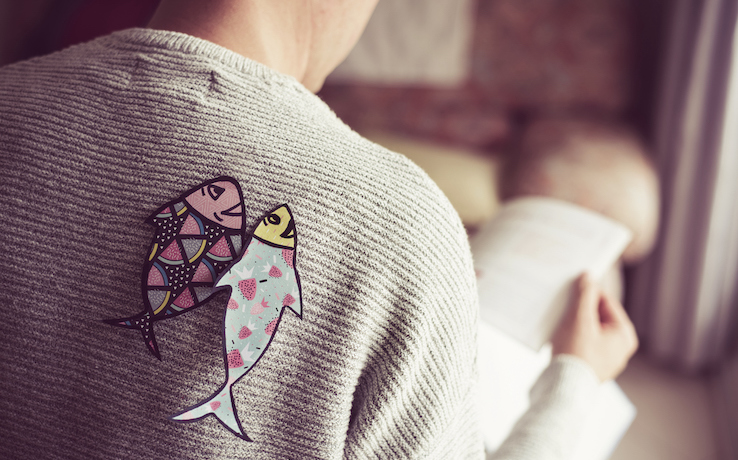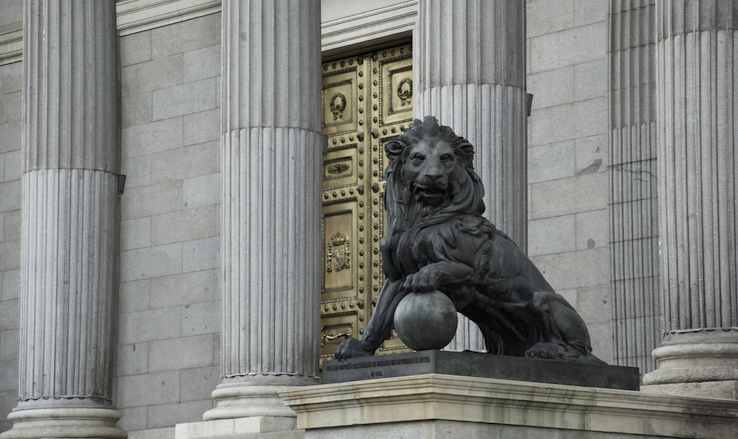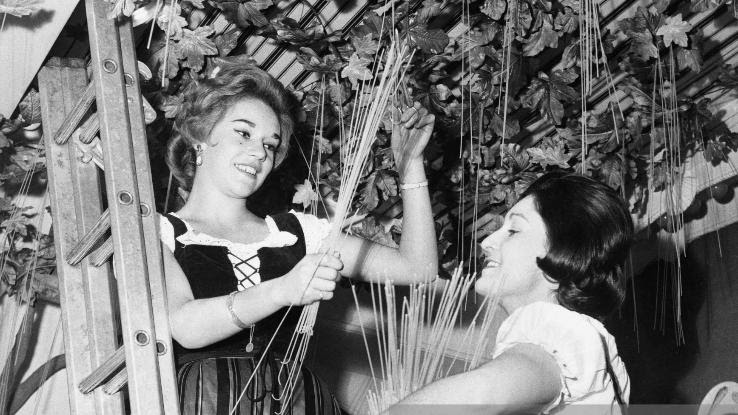Capers, Cults & Costumes: The Curious Ancient History of April Fools’ Day

Each year, pranksters around the world eagerly anticipate the approach of April 1, or April Fools’ Day, as it’s popularly known. And whether you love them or dread them, you might be surprised to learn that April Fools’ Day antics have been going on for far longer than many of us might realize — people have been attaching the ancient equivalents of “kick me” signs to unsuspecting victims for hundreds of years. Join us for a look at the history of April Fools’ Day, its possible origins and the ways it’s been celebrated throughout history — just in case you need a little prank inspiration before the date rolls around.
Contenders for the Ancient Origins of April Fools’ Day
While historians are unable to pinpoint the exact origins of April Fools’ Day, there are a few likely events from which it may have sprung. Among the earliest is an ancient Roman festival known as Hilaria. Celebrated each year on March 25, the festival was a prime time for shenanigans among members of the cult of the goddess Cybele, a Mediterranean deity regarded as the mother of the gods, and her companion Attis.
Hilaria also ushered in the spring equinox and was a joyous occasion marked by games, masquerades, and the general poking of fun at friends and family. Due to the similarities between the festival’s celebration date and the teasing it inspired, some historians believe it may have been the earliest incarnation of April Fools’ Day.
Others speculate that the original April Fools’ Day prankster may have been Mother Nature herself, given that the vernal equinox often aligns with the holiday. During this time, nature can become quite unpredictable, occasionally making “fools” of anyone who dare try to predict it.
The Calendar Change That Made Fools of Many

Another potential origin of April Fools’ Day dates back to France’s official adoption of the Gregorian calendar in 1582. Until then, the Julian Calendar was in widespread use and marked the beginning of each new year on April 1.
Unfortunately, not everybody got the memo right away that New Year’s had been moved to January, and some continued to celebrate it in April. According to Charles Panati’s Extraordinary Origins of Everyday Things, “Many Frenchmen who resisted the change, and others who merely forgot about it, continued partying and exchanging gifts during the week ending April 1. Jokers ridiculed these conservatives’ steadfast attachment to the old New Year’s date by sending foolish gifts and invitations to nonexistent parties.”
April New Year’s revelers were soon referred to as “poisson d’avril” (April fish) to signify that they were gullible or “easily hooked” by the pranks their friends took to playing on them. One popular tradition involved attaching paper fish to their backs when they weren’t looking. Another tradition involved unexpectedly dropping in on confused friends or family on April 1, claiming that you’d arrived for a New Year’s celebration.
The Original April Fool’s Pranks

People have been playing April Fools’ Day pranks on not just each other but also the public at large for hundreds of years. Among the first wide-scale April Fools’ Day pranks ever recorded was the “Washing of the Lions” hoax that went down on April 1, 1698. In the days leading up to the masterful prank, people were invited to see the annual “Washing of the Lions” ceremony at the Tower of London. The joke, of course, was that no such ceremony existed.
The hoax proved so hilarious that pranksters couldn’t resist resurrecting it for years to come. By 1856, invitations to the annual lion-washing event became quite elaborate, right down to their official-looking red wax and royal seals. Part of the rub was that the invites insisted that guests only enter through the “white gate,” which didn’t actually exist.
By around 1700, April Fools’ Day had spread throughout England and into Scotland, where it became a two-day event. The first day revolved around “hunting the gowk,” in which the gullible were sent on errands to deliver ridiculous messages or retrieve items that didn’t exist. The second day came to be known as “Tailie Day,” as it often involved sticking “kick me” signs or fake tails to people’s unsuspecting backsides.
The BBC Popularizes Spaghetti Trees

The fun of April Fools’ Day doesn’t appear to be in any danger of dying off in the modern age, as plenty of media outlets and corporations have gotten in on the fun. The BBC, for instance, has secured a reputation as April Fools’ Day royalty over the years, with gags such as its infamous “spaghetti trees” hoax.
On April 1, 1957, the network aired a news report that showed a Swiss family harvesting pasta from their “spaghetti trees.” The British public fell for it head first, with plenty of viewers calling in to find out how they could plant spaghetti trees of their own.
In 1980, the BBC struck again by announcing that Big Ben was set to get some digital upgrades. The network even announced that the first four callers would be able to purchase Ben’s historical clock hands. The “winner,” a Japanese fisherman who called in from the middle of the Atlantic, was disappointed to discover that the whole thing was merely a ruse.
As hilarious as the thought of Big Ben becoming Digital Dave is now, many listeners were less than amused at the time. Pandemonium soon reigned down on the station as hordes of people called in to complain. Whoops!
Nixon’s Return and G.I. Kitties
American media has enjoyed its own share of April Fools’ Day gems, including National Public Radio’s 1992 announcement that Richard Nixon was launching a comeback. Comedian Rich Little lent his presidential impersonation skills to the broadcast, so people all over the country could listen as “Nixon” vowed, “I never did anything wrong, and I won’t do it again.”
Even the U.S. Army got in on the fun on April 1, 2013, when it announced that the military planned to begin recruiting cats to join the ranks. The announcement proclaimed that a cutting-edge program aimed to make warriors out of cats everywhere, equipping the felines with the skills to sniff out narcotics and take down criminals.
What will this year’s April Fools’ Day bring? Stay sharp and look out for incoming shenanigans as we wait to find out.





